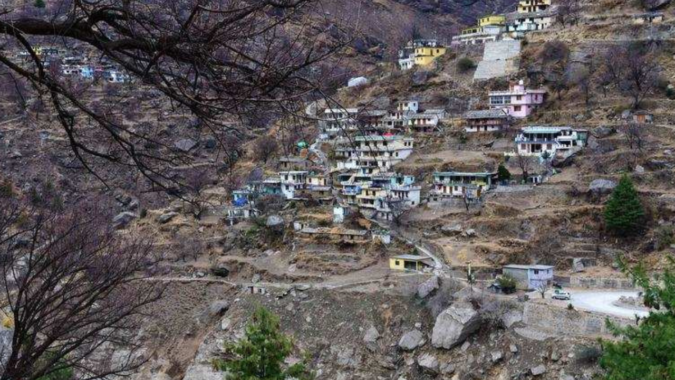More than 61,000 people died because of last year’s brutal summer heatwaves across Europe, according to a study published Monday in the journal Nature Medicine. The findings suggest that two decades of efforts in Europe to adapt to a hotter world have failed to keep up with the pace of global warming. “In an ideal society, nobody should die because of heat,” said Joan Ballester, a research professor at the Barcelona Institute for Global Health and the study’s lead author.
This summer is likely to be even worse: On top of climate change, the Earth has entered a natural El Nino weather pattern during summer for the first time in four years, bringing about conditions that will turn up the heat in many parts of the world. The season is already shattering various global temperature records. The researchers who studied last year’s heatwaves used data collected by the EU from 35 countries, including some nonmember states.
Most of the people who died were women, especially those older than 80. Among younger people, men died at higher rates. Mediterranean countries, where temperatures were highest at the time, suffered most: Italy, Spain and Portugal had the highest heat-related mortality rates.
Extreme heat had been expected that summer basedon how much the planet had warmed overall in the past decade, Ballester said. When temperatures spiked, many European governments had “heat action plans” ready, developed in response to a more unexpected and deadlier heat wave in 2003, but those adaptations weren’t enough to prevent mass casualties, he said. As climate change continues, the world can expect more and more deaths from extreme heat, he added.
This summer is likely to be even worse: On top of climate change, the Earth has entered a natural El Nino weather pattern during summer for the first time in four years, bringing about conditions that will turn up the heat in many parts of the world. The season is already shattering various global temperature records. The researchers who studied last year’s heatwaves used data collected by the EU from 35 countries, including some nonmember states.
Most of the people who died were women, especially those older than 80. Among younger people, men died at higher rates. Mediterranean countries, where temperatures were highest at the time, suffered most: Italy, Spain and Portugal had the highest heat-related mortality rates.
Extreme heat had been expected that summer basedon how much the planet had warmed overall in the past decade, Ballester said. When temperatures spiked, many European governments had “heat action plans” ready, developed in response to a more unexpected and deadlier heat wave in 2003, but those adaptations weren’t enough to prevent mass casualties, he said. As climate change continues, the world can expect more and more deaths from extreme heat, he added.
